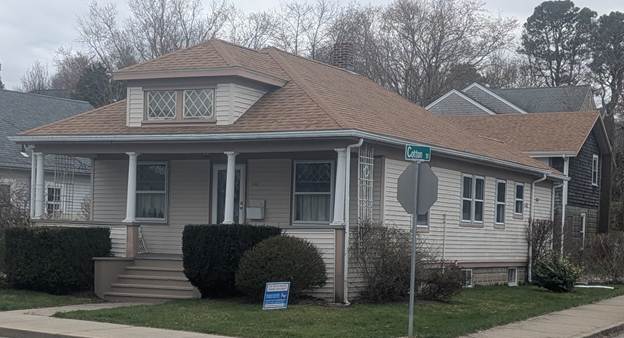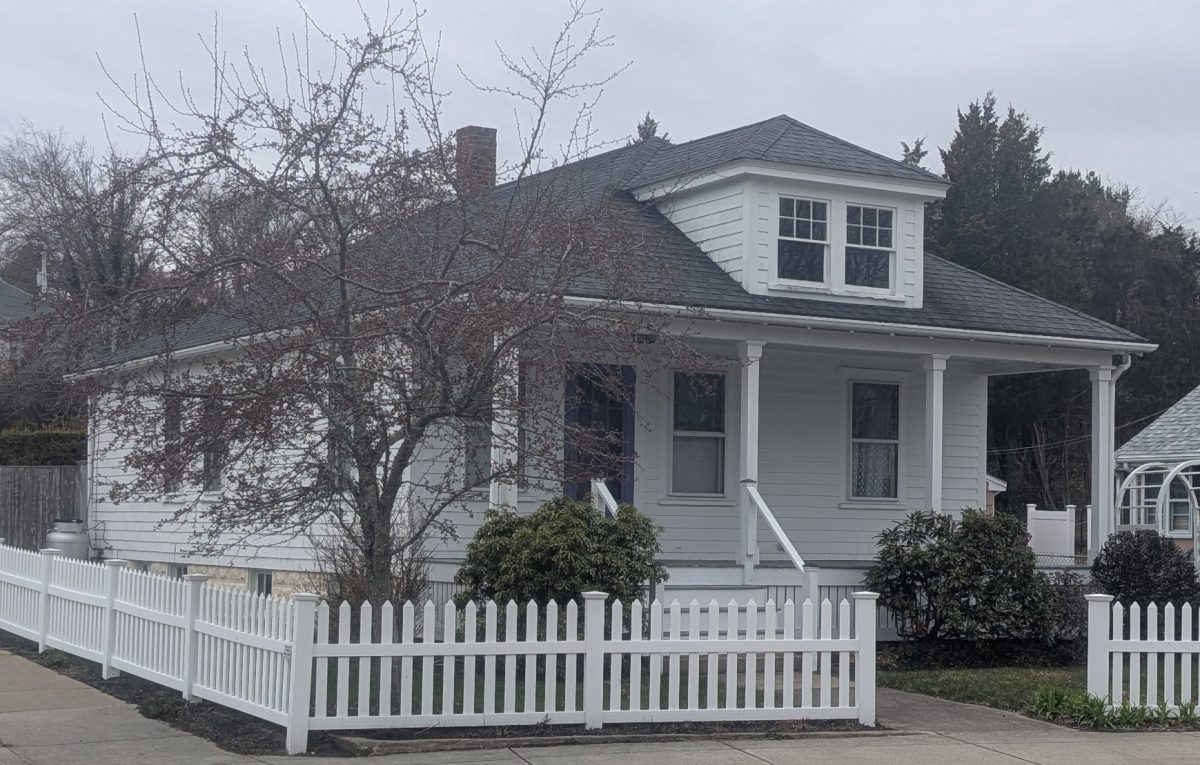We live in an age of instant gratification. Perhaps the best example of that is Amazon, which now, with a warehouse in Kingston near the Plymouth border, usually makes deliveries here overnight, and sometimes the same day.
There is not much that cannot be sourced from Amazon. But did you know that the company has recently delved into the housing market? For less than $20,000, Amazon can ship a fully equipped one-bedroom prefabricated unit to you. With Massachusetts now allowing ADUs (additional dwelling units) virtually everywhere, I expect Amazon to do a good business in this burgeoning market.
As much as this may seem a novelty, though, it’s hardly new.
Another well-known company once offered essentially the same services as Amazon does today, if not quite as fast. Founded in the late 1890s, Sears, Roebuck & Co. was once the largest mail order company in the United States. Like Amazon, there wasn’t much that couldn’t be ordered from Sears. This also included homes, cottages, barns, and even schools.
Sears first started to offer homes to the public as early as 1908 and branded them under the Sears Modern Home brand. Over the 32 years of selling complete homes, Sears offered as many as 370 different models. They were often shipped via railcar to their destination and then trucked to the site. Except for the foundation, everything was included in the package: kitchen cabinets, complete plumbing and heating, doors, windows, flooring, and siding, to name just a few of the components.
Plymouth was one of those destinations. The largest collection of Sears homes in our town is on a subdivision of land originally laid out in 1900 by Marks Braunecker. It’s a large parcel bounded by the Siever Field playground, as well as Standish Avenue, Cooper Street, and Braunecker Road. Most Sears homes are on Standish, with others on Cotton and Clark.

Most of the homes were constructed in the 1920s; the one-story bungalow model was the most prevalent. The cost? Approximately $2,500, depending on the final finishes ordered. (With average inflation over the last 100 years considered, that’s the equivalent of roughly $45,000 today.)
These homes were a part of my childhood and the neighborhood I grew up in. One of my great uncles, Harold Fornaciari, lived in one. Alice Petroff, my grandmother’s close friend and a Plymouth teacher, lived in another. And the dog I often took for walks had a home in yet another Sears home.
They all lived in bungalow models that arrived and were constructed between 1921 to 1925. The plan was painfully simple. A full porch spanned the front (some eventually were closed in for an extra room). Three sets of rooms – living, dining, kitchen – ran from front to back on one side, with two bedrooms and a bathroom running from front to back on the opposite side.
The homes encompassed just under 1,000 square feet. There are other models in the neighborhood that are two stories, but the bungalow model was by far the most popular, and surprisingly enough it was known as “The Plymouth.”

A Sears home can be identified in several ways. Framing lumber was often stamped with alpha-numeric symbols towards the end of the piece that directed the builder in the sequence of framing. The back of millwork (door and window trim, baseboards, and crown molding) often had shipping labels attached. The labels read “Sears” or “Norwood Sash and Door.” Often the tops of doors have a stamp. (If history has been kind, the doors may have remained unpainted, and the stamp will be visible.)
Two additional clues may be found on sheetrock from the 1930s and plumbing fixtures. Sheetrock was marked “Goodwall” and tubs and sinks often contained an SR mark close to the drain. (Fun fact: almost all toilets manufactured in the U.S. contain a manufacturing date stamped on the underside of the tank lid. Most toilets have been marked this way since the late 1890s.)
That said, many homes that have claims on being from Sears are not true originals. Several other companies also offered mail order homes, including Montgomery Ward’s Wardway Homes and Aladdin’s “Built-in-a-Day” Homes. The catalogues often provided fully detailed floor plans, making it relatively easy for local builders to reproduce the homes locally. My home, built in 1938, is an almost exact replica of a mail order kit.
One neighborhood in Plymouth that has always fascinated me is Alvin Road. It features several identical one-story bungalows. Despite research in several mail-order catalog, I have yet to find a match for these homes in any of the floor plans or exterior features in the catalogues. True, the catalog homes allowed for modifications prior to ordering and during construction in the field, but I suspect most, if not all, of the Alvin Road homes might be local reproductions.
I’m still on a quest to discover Alvin Road’s history, as well as more on the history of mail-order homes throughout Plymouth. Here’s hoping readers can offer some additional insight. I look forward to hearing from you.
Architect Bill Fornaciari is a lifelong resident of Plymouth (except for a three-year adventure going West as a young man) and is the owner of BF Architects in Plymouth. His firm specializes in residential work and historic preservation. Have a question or idea for this column? Email Bill at billfornaciari@gmail.com.

